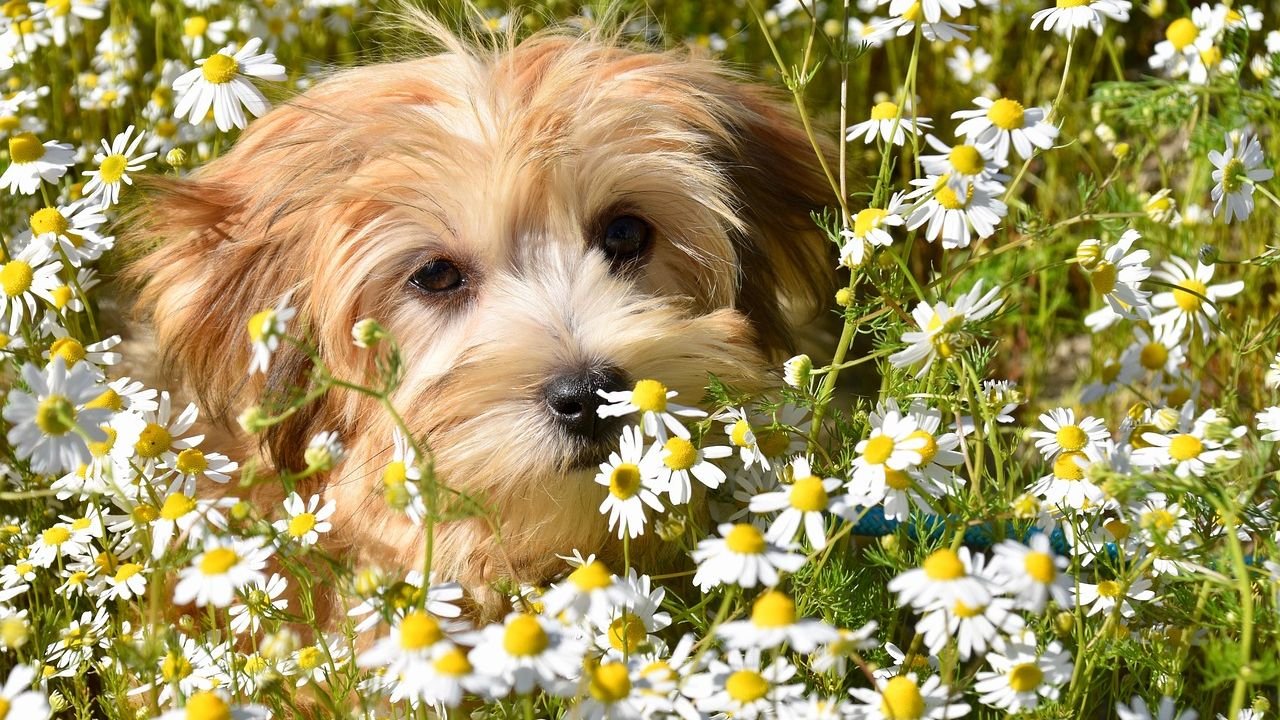When you’re drawn to small, fluffy dogs with adorable personalities, two breeds quickly steal the spotlight: the Havanese and the Bichon Frise. These charming companions share so many similarities that even experienced dog lovers sometimes confuse them at first glance. Though they might look like distant cousins at the dog park, each breed brings its own unique set of traits that could make all the difference in finding your perfect match.
From their coat colors to their energy levels, these delightful dogs have distinct characteristics that go far beyond their fluffy exteriors. Whether you’re a first-time dog owner or adding to your furry family, understanding what sets them apart will help you make the right choice. Let’s explore the key differences that make each breed special in its own way.
Size and Build Variations
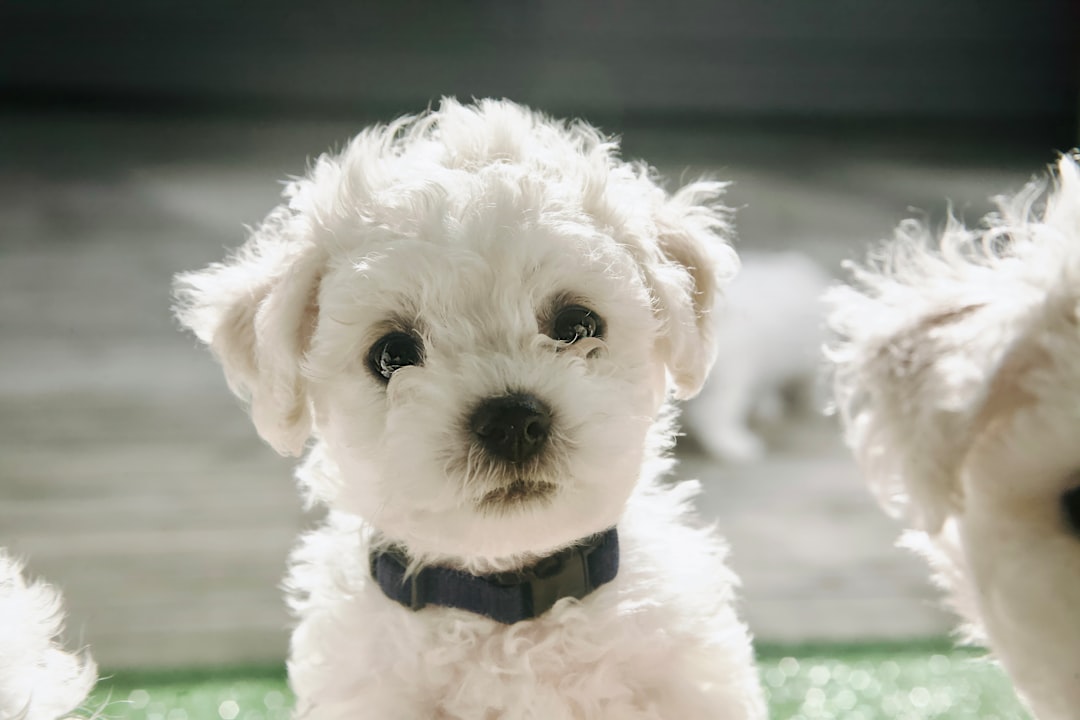
While both breeds fall into the small dog category, there are noticeable differences in their physical dimensions. The Bichon Frise stands 9-12 inches tall and weighs 12-18 pounds. Havanese are slightly smaller, measuring 8.5-11.5 inches in height and weighing 7-13 pounds.
The structural differences go beyond simple measurements. Bichons have a compact, sturdy build. Havanese have a longer body in proportion to their height. This gives them a slightly different silhouette than the Bichon. Think of the Bichon as a compact little athlete, while the Havanese resembles a more elegant, elongated companion.
Coat Colors and Textures
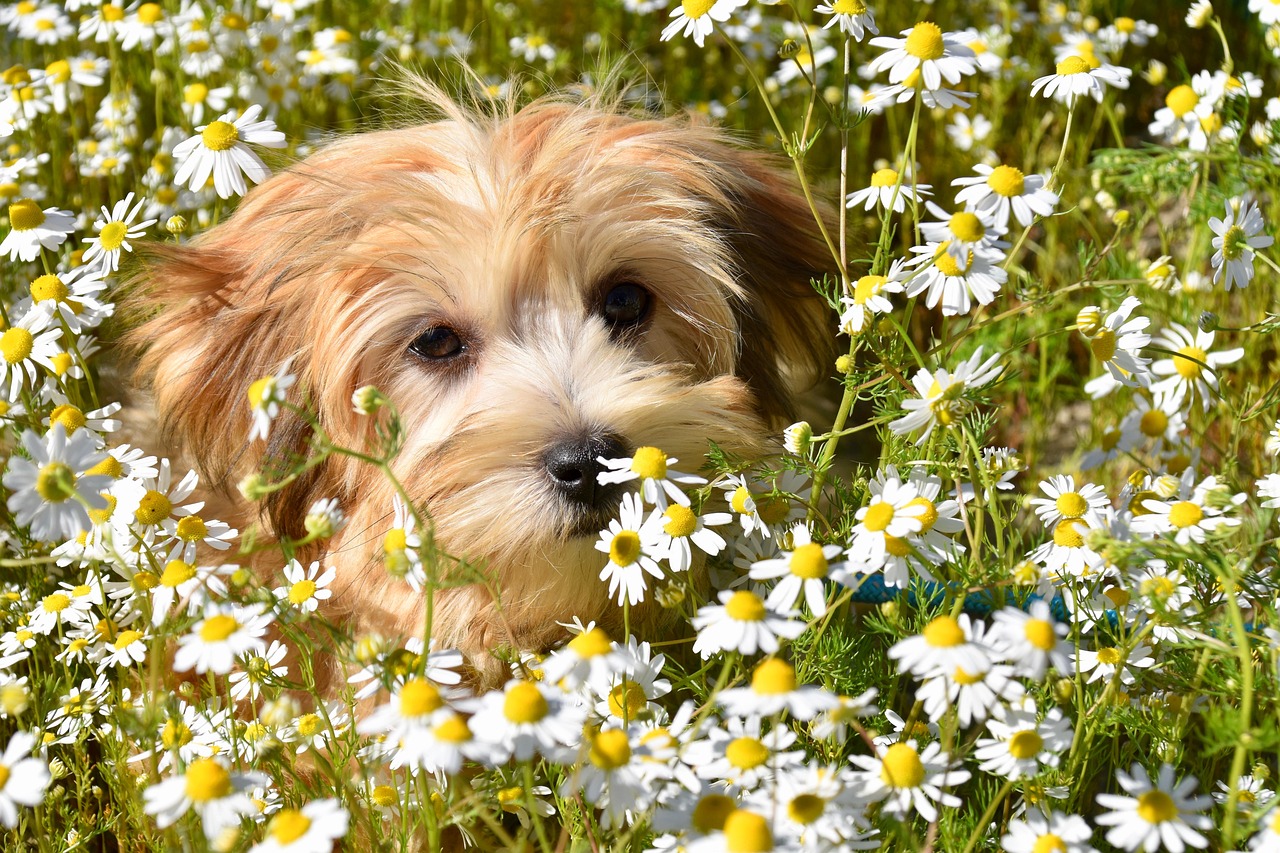
Perhaps the most striking difference between these breeds lies in their coat appearance. The Bichon Frise has a fluffy white coat that’s soft and plush. Their fur is dense and stands away from the body, giving them a powder-puff appearance. It’s like having a living cotton ball bouncing around your home!
Havanese coats come in many colors and can be silky or fluffy. Their fur is long and can be wavy or curly. While Bichon Frises are exclusively white with minimal color variations, Havanese are a rainbow of colors including black, brown, silver, cream, and various combinations.
Personality and Social Traits
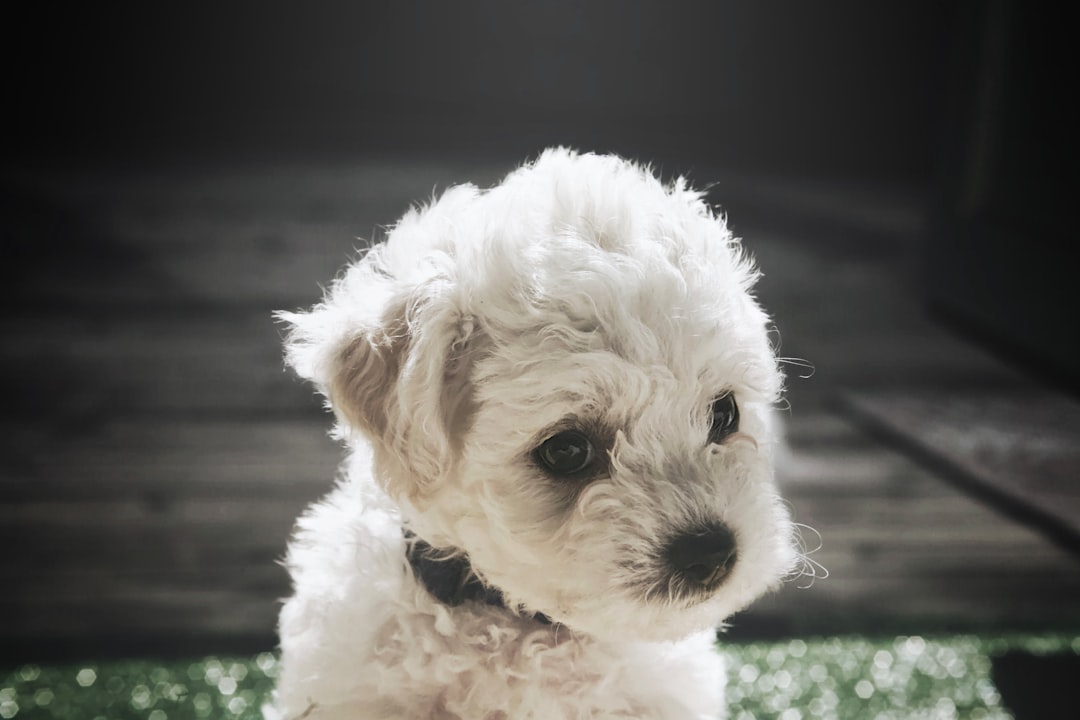
Both breeds are friendly, but their approaches to social situations differ meaningfully. Havanese dogs are amiable and playful. Their outgoing personality gives them an advantage over Bichon Frise dogs, which can be somewhat timid around strangers.
The Havanese tends to be the social butterfly of the two breeds. Havanese are happy, cheerful little dogs that are quite sociable and extroverted, so they love meeting new people. They are playful, alert, funny, smart, and adaptable, so they can fit in almost anywhere and will typically garner a large share of attention. Meanwhile, Bichon Frises may need more time to warm up to new faces but are equally loving once they feel comfortable.
Grooming Requirements and Maintenance
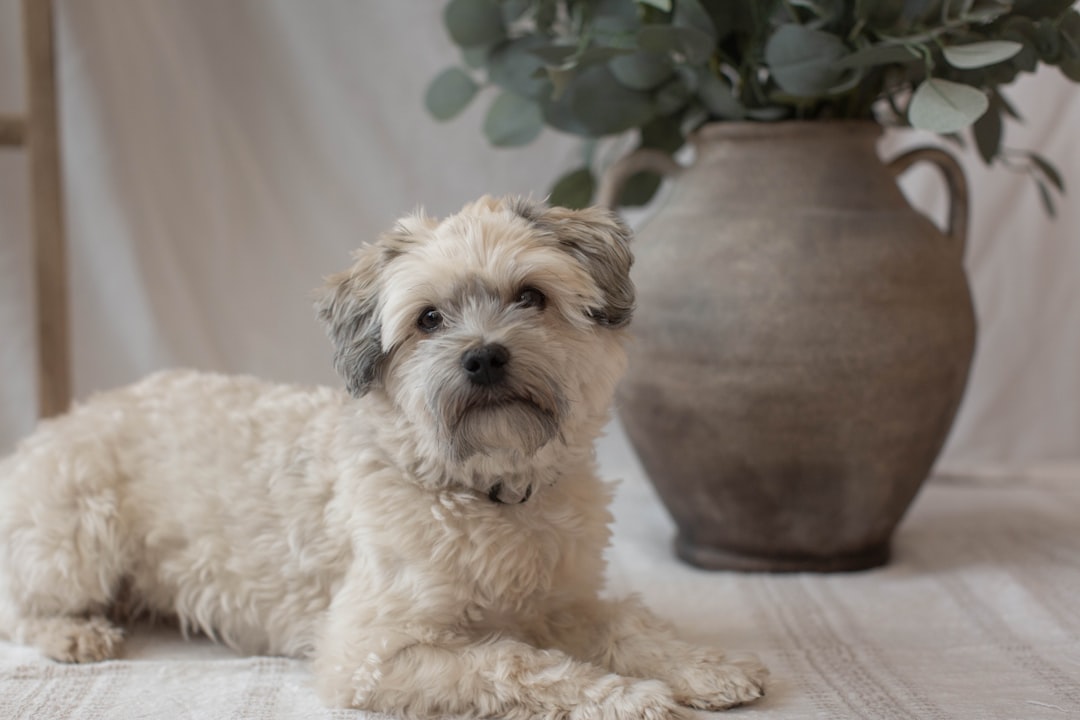
While both breeds require regular grooming, their maintenance schedules vary considerably. The Bichon Frise is more high maintenance than the Havanese when it comes to grooming. Their fluffy fur can be cut into different styles, and if you plan to show your dog, they will need to visit the groomers more regularly. A trim every 4-6 weeks is important to make sure your Bichon’s fur doesn’t cover their eyes!
On the other hand, the Havanese will need to visit the professional groomer every 4-6 weeks, similar to the Bichon Frise. This breed doesn’t have such a fancy coat and can be trimmed between grooming appointments if necessary. This difference might seem small, but it can significantly impact both your budget and time commitment over the years.
Conclusion

Choosing ultimately comes down to your lifestyle preferences and what you value most in a canine companion. If you prefer a slightly larger, sturdier dog with a classic white powder-puff appearance and don’t mind more frequent grooming, the Bichon Frise might be your perfect match. However, if you’re drawn to a more colorful, outgoing personality in a slightly smaller package with less demanding grooming needs, the Havanese could be calling your name.
Both breeds make exceptional family pets and adapt wonderfully to various living situations. Honestly, you can’t go wrong with either choice since they’re both loving, intelligent, and hypoallergenic companions. What matters most is finding the breed whose unique traits align best with your family’s needs and energy level. Which of these delightful differences surprised you the most?

Gargi from India has a Masters in History, and a Bachelor of Education. An animal lover, she is keen on crafting stories and creating content while pursuing a career in education.

